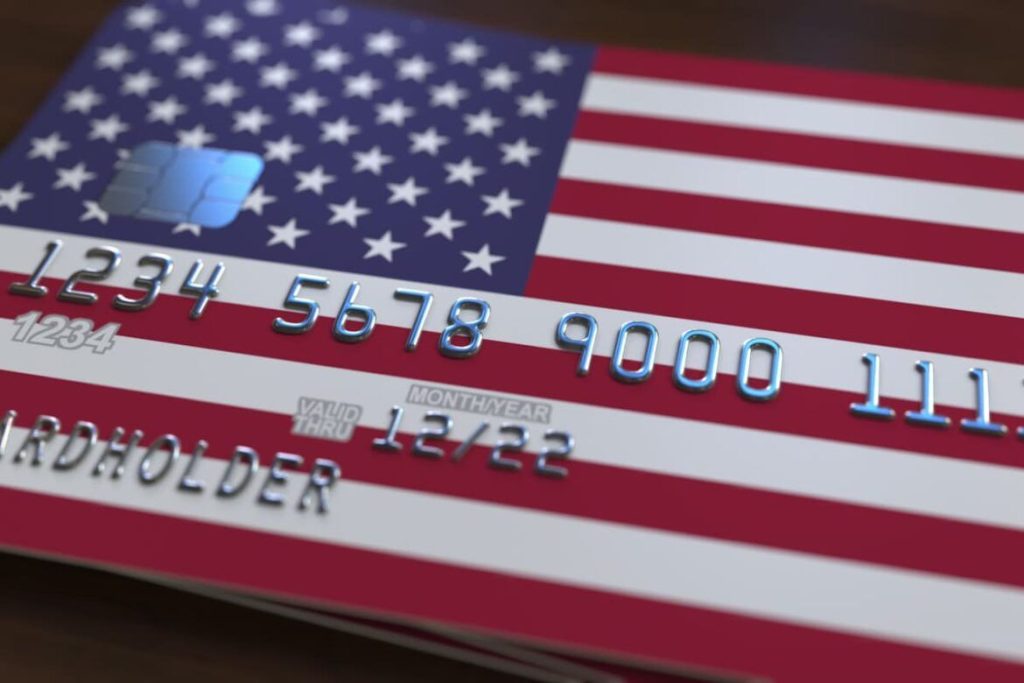Navigating the realm of banking fees in the United States can feel overwhelming, but employing the right strategies can significantly diminish your expenditures. This comprehensive guide delves into intelligent tactics to minimize banking fees, enabling you to save money and optimize your financial resources.
Anúncios
In today’s financial climate, unchecked banking fees can deplete your savings. Whether they stem from ATM usage, overdrafts, or maintenance, these expenses accumulate rapidly. While each fee may seem minor in isolation, they can add up to hundreds of dollars annually, making it crucial to adopt strategies that minimize their impact.
Nonetheless, with meticulous planning and astute financial management, you can take measures to mitigate these costs and retain more of your funds. Let’s explore some shrewd strategies for reducing banking fees in the USA.
Understanding various banking fees

Before delving into strategies to minimize banking fees, it’s imperative to comprehend the array of charges you may encounter. Banks impose various fees to cover operational costs, maintain profitability, and encourage specific customer behaviors. The most common banking fees include:
- ATM Fees: Charges incurred when using out-of-network ATMs, often leading to double fees—one from your bank and another from the ATM owner.
- Overdraft Fees: These fees apply when your account balance falls below zero, triggering a charge per transaction.
- Monthly Maintenance Fees: Some banks charge a recurring fee for account maintenance, which can often be waived under certain conditions.
- Wire Transfer Fees: Charges imposed for sending or receiving wire transfers, which vary based on domestic or international transactions.
- Foreign Transaction Fees: Additional costs incurred when using your debit or credit card abroad or for foreign purchases.
- Paper Statement Fees: Some banks charge for mailing physical account statements, encouraging customers to switch to digital statements.
Familiarizing yourself with these fees provides insight into the banking landscape, helping you identify opportunities to save money. This understanding empowers you to make informed financial decisions and select banking services that align with your needs while minimizing unnecessary expenses.
Assessing Your Current Banking Arrangement
To kickstart the process of reducing banking fees, start by evaluating your existing banking setup. Thoroughly examine your bank statements to pinpoint any regular charges. Take note of how often these fees occur, their respective amounts, and the transactions that trigger them.
This detailed analysis unveils your current fee framework, shedding light on areas where adjustments can be made to save costs. Armed with this knowledge, you can strategically modify your banking habits or investigate alternative account choices to minimize fees and enhance your financial planning.
Strategies for Decreasing Banking Fees
1. Select a Fee-Free Checking Account
Seek banks or credit unions offering checking accounts without monthly maintenance fees. Many online banks provide fee-free checking options, allowing you to completely avoid recurring charges. Additionally, some traditional banks waive fees if you meet specific criteria, such as direct deposit or maintaining a minimum balance.
2. Opt for Direct Deposit
Some banks waive monthly maintenance fees with direct deposit setup for your paycheck or benefits. Inquire with your bank about this option and the qualifying deposit amount for fee waivers. Direct deposit not only helps you avoid fees but also ensures faster access to your funds.
3. Maintain a Minimum Balance
Numerous banks waive monthly maintenance fees if you maintain a minimum balance. Determine your account’s minimum balance requirement and strive to keep your balance above this threshold to avoid fees. If you frequently dip below the requirement, consider switching to a different bank or account type with more lenient conditions.
4. Utilize In-Network ATMs
Avoid out-of-network ATMs that impose hefty fees for withdrawals. Stick to your bank’s ATM network or search for fee-free ATM options nearby to avoid unnecessary charges. Many online banks also partner with extensive ATM networks to provide surcharge-free access to cash.
5. Monitor Your Account Closely
Stay vigilant about your account balance and transactions to evade overdraft fees. Set up alerts on your mobile banking app to receive notifications for low balances or significant transactions. Regularly checking your account helps you spot unauthorized charges and prevent overdrafts.
6. Enroll in Overdraft Protection
Some banks offer overdraft protection programs that link your checking account to a savings account or credit line. When you overdraw your account, funds are automatically transferred to cover the shortfall, reducing or eliminating overdraft fees.
7. Negotiate with Your Bank
Don’t hesitate to negotiate with your bank to waive certain fees or lessen their impact. If you’re a loyal customer with a commendable track record, your bank may accommodate your request to maintain your business. Banks often provide fee waivers for customers with long-standing relationships or significant account balances.
Exploring Alternative Banking Solutions
If you find that your current bank’s fee structure is burdensome, it’s worthwhile to explore alternative banking options. Online banks, credit unions, and community banks often offer more favorable fee structures and may provide superior overall value for your banking needs.
1. Online Banks
Online banks typically have lower operating costs than traditional banks, allowing them to offer fee-free accounts with competitive interest rates. Many provide no-fee checking and savings accounts, eliminating common banking fees.
2. Credit Unions
Credit unions are member-owned institutions that often charge fewer fees and provide personalized services. If you qualify for membership, a credit union may be a great alternative to a traditional bank.
3. Community Banks
Smaller, community-focused banks sometimes offer lower fees and better customer service than national banks. Research local options to determine if they provide better value for your financial needs.
Frequently Asked Questions (FAQs)
1. Can I avoid all banking fees?
While it’s challenging to eliminate all banking fees, you can significantly reduce them by selecting fee-free accounts, monitoring transactions, and using in-network ATMs.
2. How do I find fee-free ATMs?
Many banks and credit unions provide ATM locators on their websites or mobile apps. You can also use third-party services that map out surcharge-free ATMs.
3. Is it worth switching banks to save on fees?
If your current bank consistently charges high fees, switching to a fee-free alternative can save you money in the long run. Compare banking options carefully before making a switch.
4. Do banks charge fees for closing accounts?
Some banks impose early closure fees if you close your account within a few months of opening. Check your bank’s policies before making a decision.
Conclusion
Excessive banking fees pose a threat to your financial well-being, yet they’re not unavoidable. Opting for fee-free accounts, vigilant transaction monitoring, and exploring alternative banking services can help curb these costs, safeguarding your funds.
Through strategic planning and proactive management, you can confidently navigate the banking realm, ensuring optimal use of your financial resources. By adopting savvy strategies, you empower yourself to mitigate the detrimental effects of fees, preserving your financial health and securing a brighter future. Taking control of your banking choices today can lead to substantial financial benefits in the years ahead.






